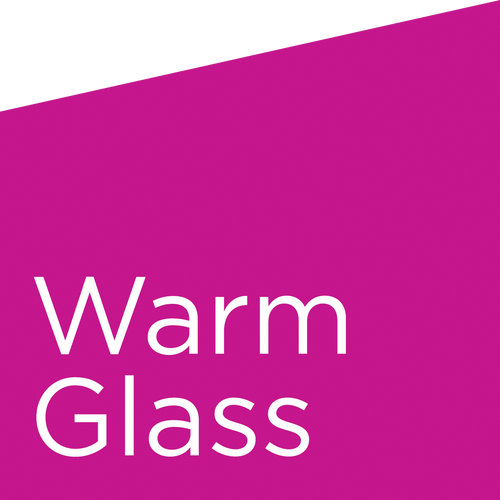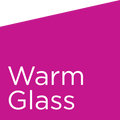About Bullseye Rods

About Bullseye Rods
For great inspiration on using Bullseye Glass rods in kiln glass work, take a look at this Quick Tip which has some fantastic ideas for making stripes and dots using rods.
What to expect from Bullseye Rods?
We offer the complete range of 107 transparent and opaque Bullseye glass rods. Rods are traditionally used for lamp working (also called flame working) glass which is the process used for glass bead making; there are various techniques of glass bead making, the most popular being "wound" glass beads, so-called because the glass rods are heated in the flame and the molten glass is wound onto a rod.
Flame working glass rods to create glass elements which can subsequently be incorporated into fused or cast glass pieces for interest and detail is becoming increasingly popular. Rods can also be used in a variety of techniques in their pure form without requiring heating over a flame to create stunning fused and cast glass pieces.
CHARACTERISTICS:
In the production of Bullseye rods, five characteristics are evaluated:
- Compatibility: Bullseye Compatible rod styles are factory tested to the same standards as other Bullseye Compatible materials for kiln-forming.
- Colour: Hue, saturation and opacity are evaluated.
- Shape: Diameter, roundness and straightness/warp are evaluated.
- Clarity: Rods must fall within an acceptable range for bubbles, stones and surface qualities.
- Overall performance: Colour striking and workability are evaluated.
GRADES:
- T grade rods are formulated for flame-working and are not recommended for kiln-forming. They include Lustres, Opaques, and other styles. Only 17 of our current styles are graded “T”.
- F grade rods can be used for both flame-working and kiln-forming. They are part of the Bullseye Compatible product line. All but 17 of our current styles are graded “F”.
- F and T grades may be combined reliably in the torch.
KILN-FORMING WITH F GRADE RODS:
The material characteristics of F grade rods relate closely to the Bullseye sheet glass palette, with some noteworthy differences, generally driven by the rod-forming process and the nature of the form itself. Comparisons to 3mm sheet glass are drawn here.
-
Transparents
It is important to consider how colour saturation relates to volume and thickness of form. The diameter of a rod is greater than the thickness of standard 3mm sheet and displays more saturated colour. Many styles are highly saturated and will reveal lighter colouration if used in small amounts, displaced and thinned through kiln-forming methods, or ultimately cold-worked to remove material. Conversely, the 001800 series has subtle colouration and much greater transparency, which is suitable for working thicker or as visual representation of negative space in thinner works. For medium colour saturation, the 001500 series (currently unique to rod) has less colour saturation and more transparency than its 001400 counterpart. As a general guideline, colour saturation decreases as the style number increases. Striking transparent pinks and purples likely contain a linear streaked design along the length of the rod, which may also be visible if fired on end. Linear streaking is most prevalent in the following glasses: 001215, 001232, 001234, 001305, 001311, 001334 and 001342. Hue and saturation may also differ slightly when compared to sheet glass; a wider range is accepted due to changes that occur in the forming process. -
Opalescents
Expect more variation in opalescent rods when compared to sheet glass, with several styles taking on both greater opacity and lighter colouration. This visible shift occurs in sulphur glasses during the forming process and remains stable through kiln-forming. Similar comparisons in colour and opacity could also be drawn between sheet glass and stringer. When viewed on end, opalescent rods may exhibit a small dark spot—a core that runs the length of the rod. Whether it is a darker version of the rod colour or transparent in nature, it generally remains stable through firings and can be used as a design element. This too, is a result of the forming process.

